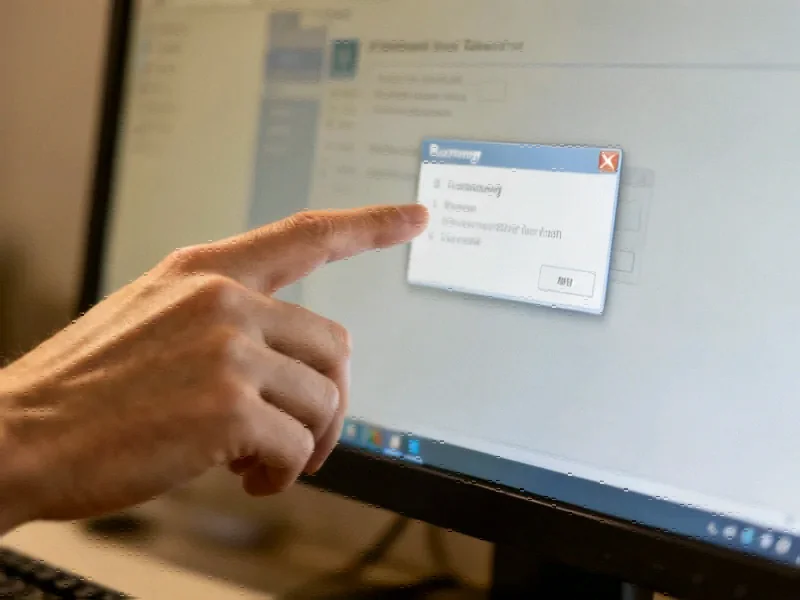According to Neowin, Linux founder Linus Torvalds has released Linux 6.18-rc4, describing the development cycle as “calm and pretty normal” and confirming it’s “on schedule and doing fine.” The fourth release candidate arrived slightly early due to Torvalds needing to catch a flight to a conference, though he noted this only caused “slight timing oddities.” Most changes focused on routine driver fixes for GPU, networking, and sound systems, along with core networking, filesystem improvements, and architecture fixes for s390 and x86. With development progressing smoothly, Linux 6.18 appears on track for its planned November 30 release rather than extending to December 7. However, Torvalds anticipates Linux 6.19 will likely require an extra week due to the kernel maintainer summit occurring during the merge window and holiday season disruptions, according to his mailing list announcement.
The Seasonal Rhythm of Open Source Development
What Torvalds describes isn’t just a scheduling quirk—it’s a fundamental characteristic of how global open source projects operate. The Linux kernel development cycle has matured into a remarkably predictable cadence over decades, but it still faces the same human constraints as any distributed workforce. The holiday season from late November through December creates a natural productivity dip as maintainers across North America, Europe, and Asia take time off for various cultural celebrations. This isn’t unique to Linux—we see similar patterns across major open source projects from Kubernetes to Python, where maintainers consciously avoid major changes during holiday periods to prevent burnout and ensure adequate review coverage.
Enterprise Linux Distributions Face Ripple Effects
For enterprise users and distribution maintainers, these timing shifts create subtle but important planning considerations. Companies running Red Hat Enterprise Linux, SUSE Linux Enterprise, or Ubuntu LTS releases won’t see immediate effects—these distributions typically incorporate new kernel versions on much longer cycles. However, organizations using Fedora, Arch Linux, or other rolling releases will experience the delay directly. More significantly, the extended development timeline for Linux 6.19 means features targeting that release—whether security enhancements, performance improvements, or hardware support—will reach downstream distributions approximately one week later than planned. For enterprises planning hardware refreshes or security initiatives around specific kernel capabilities, this requires adjusting deployment timelines accordingly.
Windows and macOS Gain Brief Competitive Window
While a one-week delay seems minor, it creates interesting competitive dynamics in the hardware support arena. Major hardware vendors often coordinate driver releases and compatibility certifications across operating systems. If Linux 6.19 slips while Windows and macOS maintain their schedules, it creates a brief period where new hardware—particularly cutting-edge GPUs, networking equipment, and storage controllers—may work better on proprietary platforms before Linux catches up. This temporary gap, however small, can influence purchasing decisions in enterprise environments where stability and compatibility are paramount. The silver lining is that the predictable nature of these delays allows hardware vendors to adjust their own development cycles accordingly.
What This Reveals About Linux’s Development Health
The fact that Torvalds can confidently predict a one-week delay months in advance speaks volumes about the Linux kernel’s development maturity. Unlike many software projects where delays emerge unexpectedly from technical challenges, Linux’s process has become so well-oiled that human factors like holidays and conferences are the primary scheduling variables. This predictability benefits everyone in the ecosystem—from corporate contributors planning engineering resources to researchers studying development methodologies. The calm nature of the current release cycle, with its focus on routine driver fixes rather than major architectural changes, suggests a stable, maintenance-focused period rather than one of disruptive innovation, which often serves enterprise users better in the long run despite less exciting headlines.
Looking Beyond the Holiday Slowdown
Seasonal delays like this one are temporary blips in Linux’s relentless forward momentum. The more significant trend worth watching is how the kernel development community manages distributed collaboration as it grows increasingly global. With major contributors now spanning from North America and Europe to Asia and South America, holiday periods no longer create a universal slowdown but rather a complex patchwork of availability. The community’s ability to navigate these scheduling challenges while maintaining its famous development velocity demonstrates why Linux continues to dominate server environments and embedded systems worldwide. For organizations building their infrastructure around Linux, these predictable seasonal adjustments are simply part of doing business with the world’s most successful open source project.




